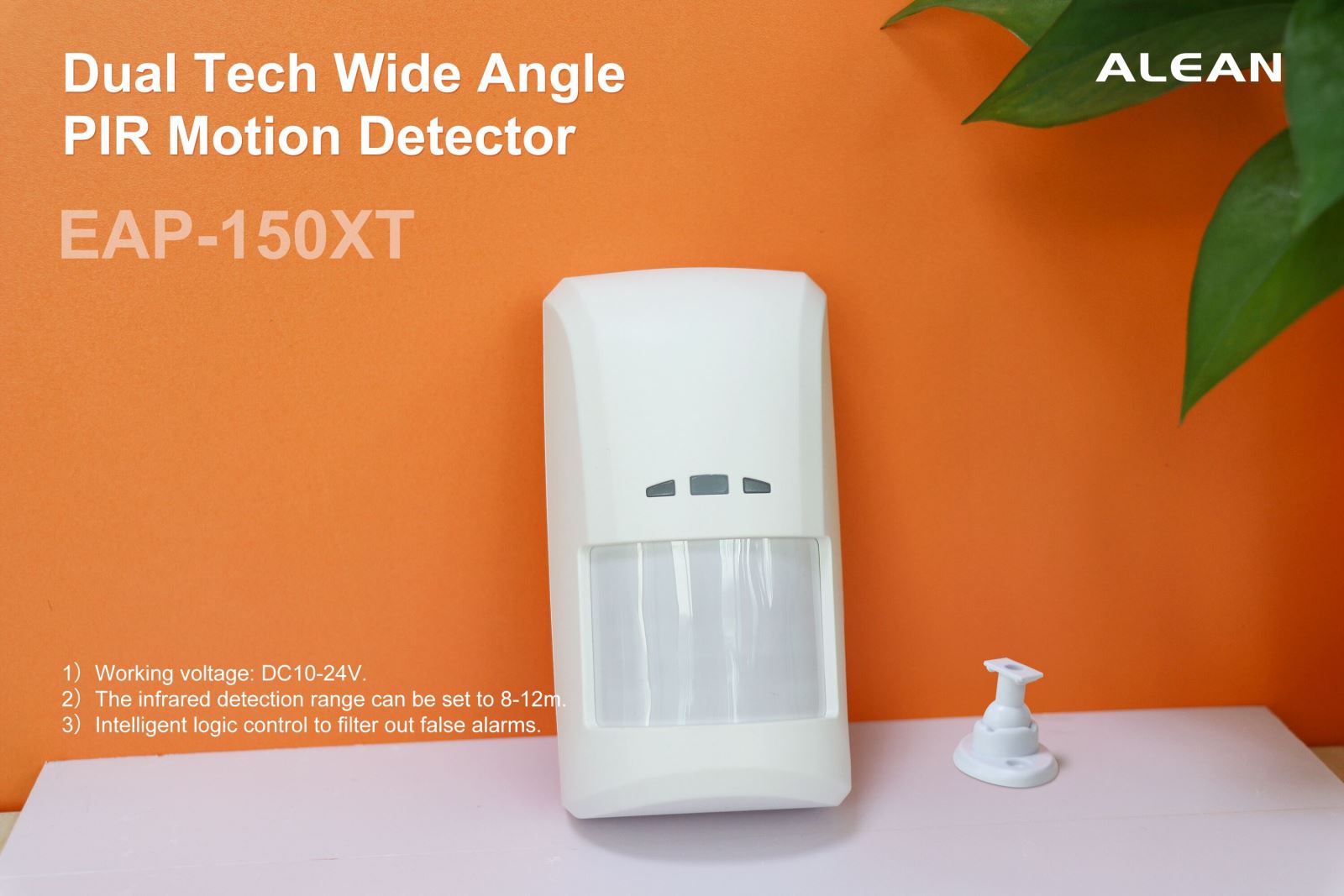Passive infrared detectors do not require an additional infrared radiation source, and do not emit any energy to the outside world. Instead, the detector directly detects infrared radiation from a moving target, so it is called PIR.
The basic composition of PIR detectors:
It is composed of optical system, thermal sensor (also called infrared sensor) and alarm controller.
The working principle of PIR detectors:
The core component of the passive infrared device is the infrared detection device (infrared sensor).
Through the cooperation of the optical system, it can detect the change of thermal radiation in a certain three-dimensional defense space.
When there is no moving human body and other targets in the prevention area, since all background objects (such as walls, furniture, etc.) have relatively small infrared radiation energy at room temperature and are basically stable, no alarm can be triggered.
When a human body moves in the detection area, it will cause a change in the energy of infrared heat radiation.
The infrared sensor converts the received infrared heat radiation energy change between the active human body and the background object into the corresponding electrical signal, and after proper processing, it is sent to the alarm controller to send out an alarm signal.
The detection wavelength range of the infrared sensor is 8~14μm.
Since the infrared radiation wavelength of the human body is within this detection wavelength range, it can better detect the active human body.
The optical system in front of the infrared sensor can concentrate the infrared radiation energy from multiple directions on the infrared sensor after being reflected by a mirror or transmitted by a special lens.
In this way, on the one hand, the thermoelectric conversion efficiency of the infrared sensor can be improved, and on the other hand, it can extend the detection distance and expand the alert field of view.
